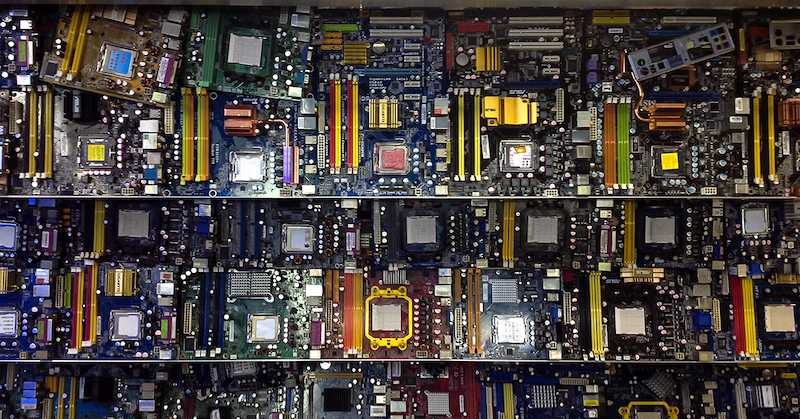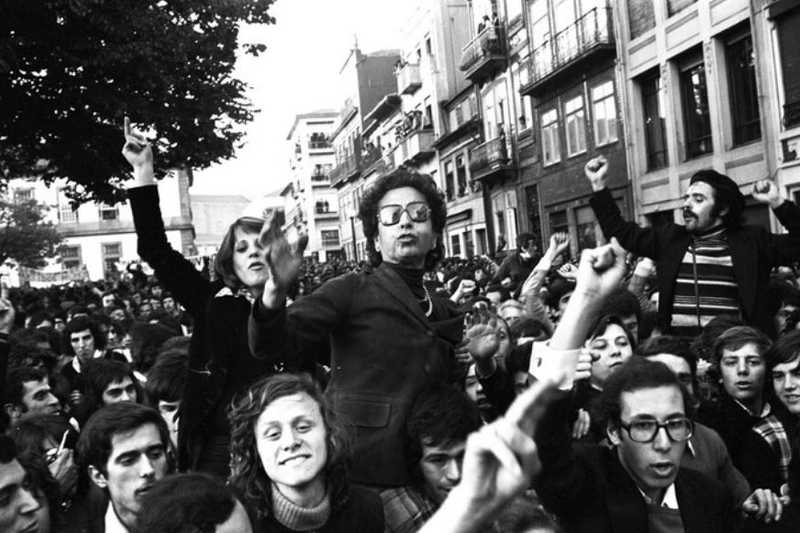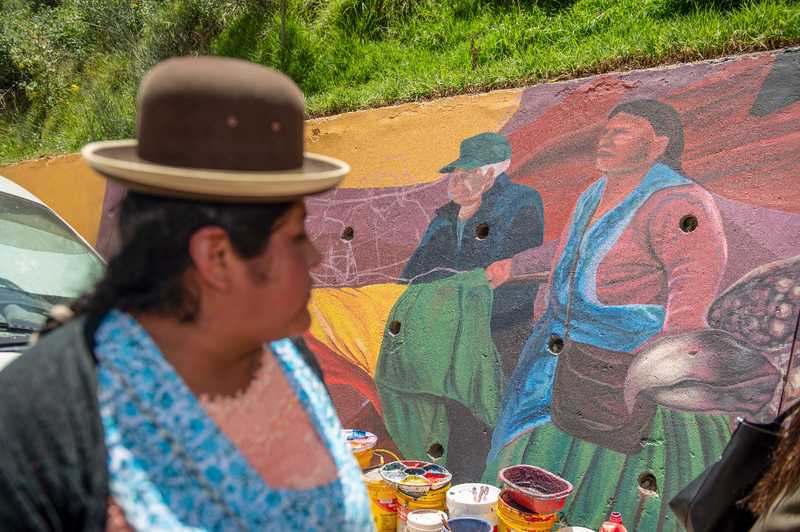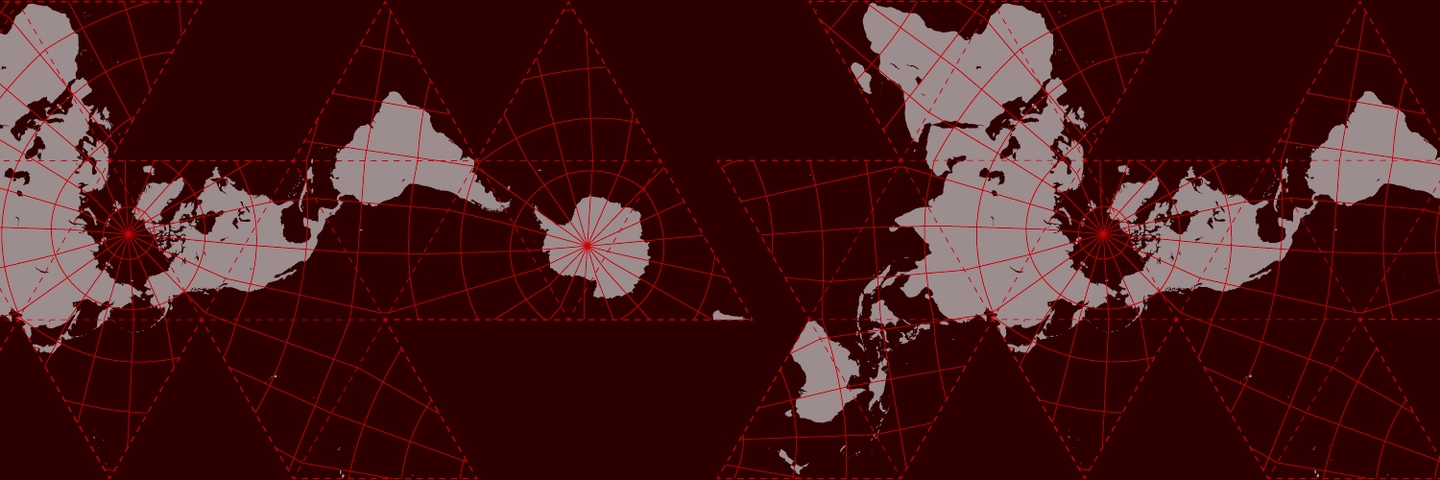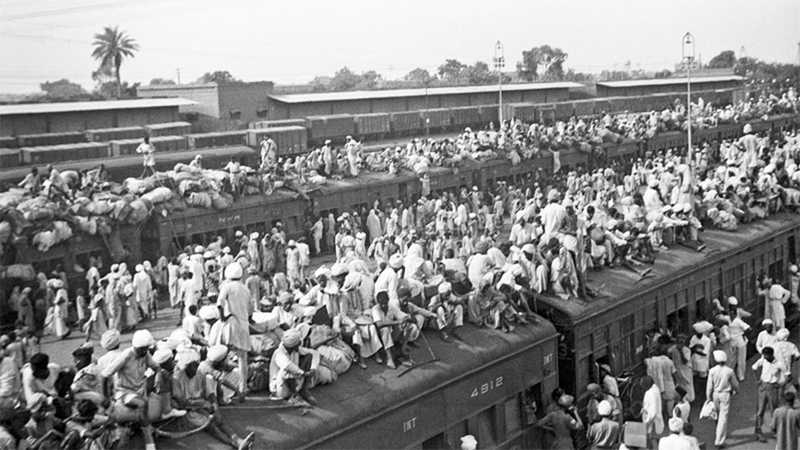
Editor’s Note: Modern South Asia was born in trauma. On August 15, 1947, following decades of colonial exploitation, India gained its independence from the United Kingdom. But with independence came Partition: the division of British India into a predominantly Hindu and Sikh India, and a predominantly Muslim Pakistan (including what is now Bangladesh), a process that came with communal violence, the displacement of millions, and the deaths of hundreds of thousands. The subcontinent — and especially regions like Bengal that bore the brunt of the bifurcation — still bears the scars today.
Every year on August 15, Independence Day brings great celebrations and festivals all over India. “The day after,” however, brings eerie silence: an unspoken memory of devastation earning little recognition from either side of the estranging fault lines. Because independence also meant the ensuing Partition of India into two states, India and Pakistan, that brought loss, violence, and displacement along with it.
Today, India has a religious-nationalist federal government that champions historical revisionism, combined with fundamentalist pride, as the ultimate anesthetic. That’s why it has never been more important to resist cheap attempts at distorting the legacy of an event as traumatic as India’s Partition.
It is in this context that Dr. Rituparna Roy co-founded the Kolkata Partition Museum — the first contemporary Bengali museum devoted exclusively to the subject of Partition: its cataclysm, its victims and perpetrators, its aftermath, and the path to healing. Dr. Roy asked herself: “Can museums, art, and literature help to heal history’s wounds — to imagine a shared future beyond political hatreds?”
The history taught at school growing up in Kolkata offered her an incomplete picture of the shadow cast by the 1947 Partition of India, especially its impact on the province of Bengal. In that historic turning point, Bengal was politically radicalised, impoverished, and tested by violence. “We have literature, we have films on Partition, but no public commemoration,” Dr. Roy explains.
Ritu, as Dr. Roy is affectionately known, tells of how her project began while completing research abroad in Amsterdam and at the University of Leiden. Seeking to better understand the dynamics of fragmentation of countries and cultures, she decided to visit a series of other countries that underwent comparable painful processes: Ireland, the former Yugoslavia, and Berlin, a city that clearly and decisively commemorates both the darkness of the events surrounding World War II, and how it was once left riven by the Cold War.
On a bright October day in Berlin, walking randomly through the stone pillars of the Eisenman architectural Memorial to the Murdered Jews of Europe, an idea germinated: “I sat down at one moment, and for the first time I was struck by the enormity of the crime… I had read books, seen films, but the way that installation affected me was completely different.”
“I had always believed in the power of literature. I still do, as a scholar. Here in Berlin for the first time, it felt inadequate. What this brought home for me was the power of art — art in a very extended sense” including architectural projections and installations.
Another Berlin exhibition, the Topography of Terror, explores “the perspective of the perpetrators, as well as the victims. Blow-by-blow, year-by-year it gives an account of what happened — Rather than mummified or indoors, this museum grants access to citizens, to say ‘this is our past. It was shameful, this is what we did.’ Acknowledging the shameful past marks a step towards healing.
“Another thought struck me then; it was just the 60th year anniversary of Indian Partition… In India, you celebrate Independence, but you don’t commemorate Partition, except in academic conferences, after which there will be conference volumes. But why not commemorate Partition in a more public way? Why not have public memorialisation in this way? It was just a passing thought at the time.”
Years after her enlightening journey through European sites of historical partition, Roy resettled in her hometown of Kolkata in Bengal. Soon thereafter, she embarked on another voyage, this time closer to home; Roy became the co-curator of an exhibition hall that later became the Kolkata Partition Museum.
Dr. Roy’s work reflects that of the late Nobel Laureate Bengali poet and polymath Rabindranth Tagore. Tagore, who remains a hero in the Bengali imagination today, wrote anti-colonial polemics that at once appealed to a cosmopolitan spirit and a spirit of cross-pollination between East and West.
Decades before Edward Said’s Orientalism, Tagore forcefully rejected the view of East and West as being isolated, hostile, or mutually incommunicable monuments. “The idea of the Nation is one of the most powerful anæsthetics that man has invented,” he once said. “Under the influence of its fumes the whole people can carry out its systematic programme of the most virulent self-seeking without being in the least aware of its moral perversion — in fact feeling dangerously resentful if it is pointed out.”
Dr. Roy also knows how many of today’s resentments and tensions in India and Pakistan arose from the long, unexplored shadows of 1947. A museum in Bengal can help to confront the truth of this past: to invite its visitors to rediscover their common heritage, transcending the sectarian-nationalist rhetoric. A memorialisation is not, as the typical holocaust monument is frequently interpreted in Europe, an architecture of shame and guilt. The latter are all too abundant, and the “powerful anaesthetics” do not subdue it.
In this South Asian context, the goal of memorialisation is that of remembrance of a forgotten, to reinvigorate a living heritage, and help it bloom once more.
This article is a summary of an interview with Dr. Roy for the show Cosmopolitan Shipwrecks.
